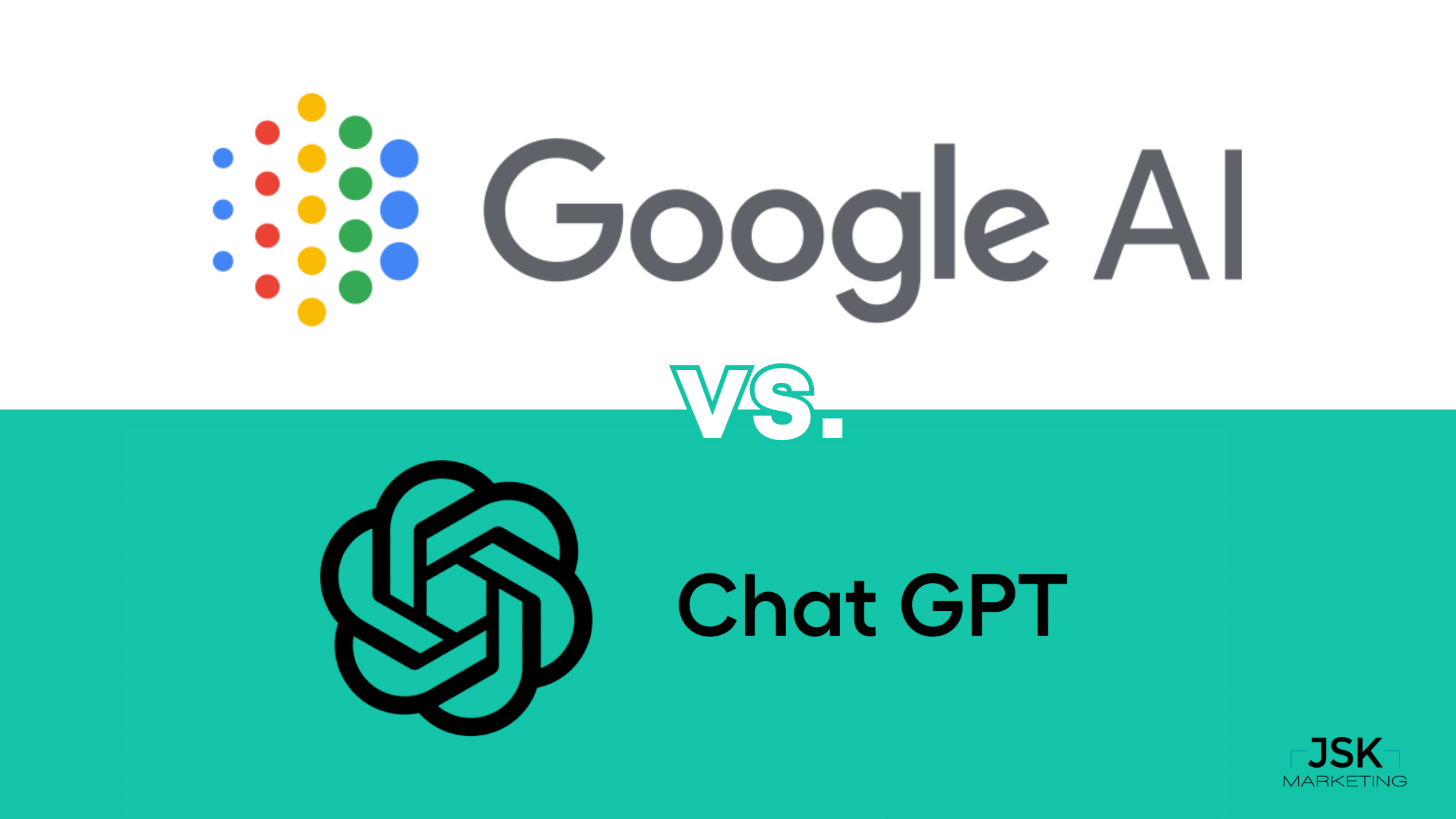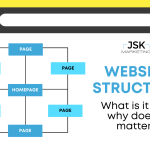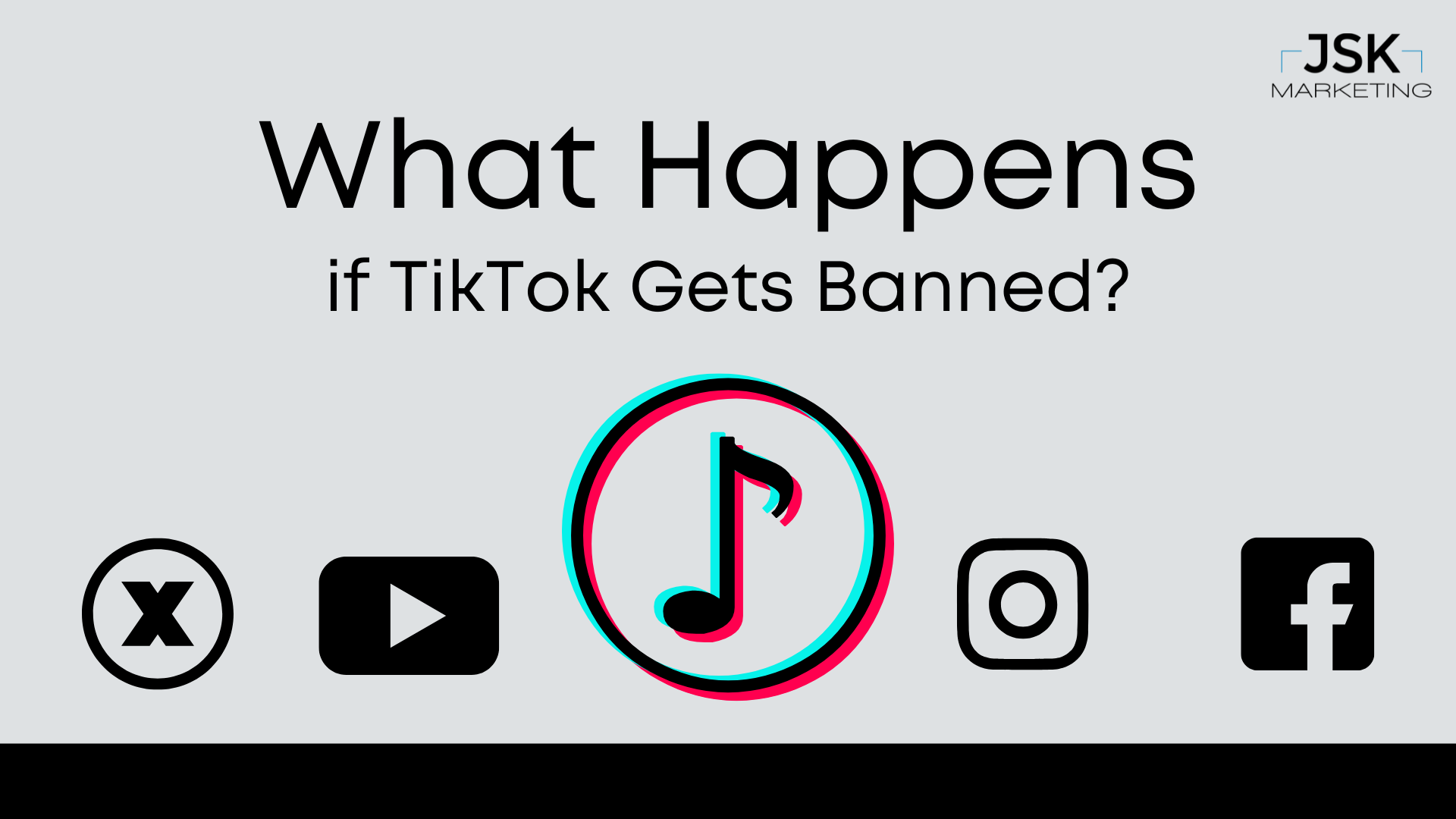
Artificial Intelligence (AI) has become one of the most important tools in modern society, with an increasing number of businesses using it in their day-to-day operations. AI is being used in industries such as finance and retail to automate routine tasks and enhance customer experiences. Chatbots are an example of how businesses can interact with their audience more effectively. There are also language-based models, like ChatGPT, that have changed the way humans work. While ChatGPT has been released for quite some time now, its first real competitor has just been released, Google AI’s “Bard”. Let’s look at the differences between the two.
What is ChatGPT?
ChatGPT is a language model developed by OpenAI. It was specifically designed for natural language understanding and generation in conversational contexts. It can comprehend context, generate coherent responses and engage in conversations with users.
What is Google Bard?
Bard is a conversational AI developed by Google and was powered by LaMDA (Language Model for Dialogue Applications) until recently when the Gemini large language model took it over this December. Like ChatGPT, it was designed to simulate human conversations using natural language processing and is designed around search.
What are the Differences?
Although ChatGPT and Google Bard are both language-based models, they have some key differences in their design and intended use.
Recency Bias
Google Bard can draw information from the data and sources already available on the internet, while ChatGPT can only access information and data until January 2022.
Pricing
ChatGPT has multiple versions ranging in prices from free to $20 a month. The free version allows up to 100 questions to be asked daily. Google Bard, on the other hand, is free with an unlimited number of questions. Google’s products remain to be free to the public.
Context
ChatGPT collects information from previous questions asked and can output responses that make sense, meaning it can use contact context when engaging with a chat user. Bard also has this capability but has notably struggled with picking up where the user left off.
Images
With Bard, users can upload an image with their inquiry and interpret the message and the image. ChatGPT does not have this ability but can, however, interpret images when given a URL.
Real World Understanding
Based on the limited dataset it was trained on, it can only produce responses with what is available on the internet, lacking real-life human experience. This also poses the question, “Can ChatGPT cause copyright issues for marketers?” Find out here. Bard, while similar, was trained on an even larger dataset which uses more computational resources, but also still lacks the human touch of real-world understanding.
So, which AI chat model do you choose for your business? Both AI models have several features that help them stand out, but it’s up to you. However, it’s important to remember that both AI chatbots can be prone to error and bias and collect your personal data – not just the information you input.




